1992 – 1994
In early 1991, I noticed an ad in Marketing Magazine looking for a Senior Art Director for Foote, Cone and Belding in Hamilton, Bermuda and I decided that I would prepare a resume and apply. I was ready to pursue my goal of becoming a Creative Director or try my luck at becoming a Charter Bareboat Captain.
I wasn’t going anywhere working at O’Keefe other than right where I was and I wanted more. I was preparing for an extended voyage on my sailboat later that year and thought that if this worked out, I could sail over to Bermuda and work for a while then continue along my path…
As luck would have it, nothing came of it and in late summer, I set sail from Lake Champlain and headed off to the Caribbean to do some chartering and scuba diving on my own sailboat, Blue Grace.
Months later, in late April of 1992, while sailing in the Bahamas, I got a message over my VHF Radio that I had received a phone call from someone in Bermuda at the marina I had been staying in in Stuart, Florida and I called and asked him what was up. They gave me a name and a number of the agency’s Director in Bermuda and I gave him a call.
When I got through, I was told, ‘You are a hard man to track down. We’re sorry it’s taken so long but we liked your application and your work and we’d like to hire you and move you to Bermuda to work with us to create print materials for the Bermuda Department of Tourism and The Royal Naval Dockyard”. So I said, ‘Yes’.
I thought I would be able to sail over, but the import duty on my boat was going to be 75% so I decided to sell Blue Grace and take the job, as the Bareboat Chartering business was draining my dwindling bank account and truth be told, I had had enough of living full time on a sailboat after nine months. Fortunately, she sold within a week and two weeks later I was settling into a small apartment on Tee Street in Devonshire Parish outside Hamilton, Bermuda.
A little bit about Bermuda
Bermuda is an archipelago made up of seven main islands and a multitude of smaller islets (roughly 170) with an average width of one mile. It’s only 25 miles long and is two miles wide at its widest point.
The archipelago is a group of limestone islands atop of a flat, extinct submarine volcano, which rises more than 4,300 m (14,000 ft) from the ocean floor. Bermuda is located 1,240 km (770 mi) east off the coast of South Carolina. It is not the Caribbean. although the gulf stream does keep it’s surrounding waters fairly warm.
For the next two years, I was either flying in a helicopter or driving around the island, visiting hotels, beaches and tourist attractions and developing advertising campaigns and conceptual creative, which was integrated into three major tourism print publications; What To Do, Where To Stay and the Sports Guide.
Bermuda is well known for its pink sand beaches, all found along the island’s south shore. You can find of some of the best pretty in pink beaches between Horseshoe Bay Beach and Warwick Long Bay Beach.
I wondered why that was while I was there – and it turns out the south shore of Bermuda is lined with coral reefs, which are home to red foraminifera: the miniscule marine organisms behind the stunningly blush beaches. The foraminifera are neither plants nor animals. Instead, these little creatures are classified as protists, single-celled organisms that basically don’t fit into any other category. The single-celled foraminifera live in shells made of calcium carbonate with a red colour. When the foraminifera die, their shells collect on the ocean floor and get washed to shore by the continuous tide. The red hue gets exposed to the sun and mixes with the sand, thus Bermuda’s beaches take on their famous pink shade.
So what better visual to use as a background for the brochures than this iconic sand…
Probably my favourite project during these two years was the re-branding of The Royal Naval Dockyard in the west end of the island.
In 1809, two hundred years after the British first set foot in Bermuda, the Navy bought 200 acres of land at Ireland Island and started work on what was to become the North America and West Indies Station. It was a huge project that involved large land reclamations and the labour of thousands of convicts from Britain who were housed in appalling conditions aboard rotting hulks of former naval fighting ships.
Later renamed the Royal Naval Dockyard, it remained an important strategic base for a further 139 years.
During the First and Second World Wars, it was a bustling, vibrant port with floating docks where ships were repaired for combat deployment. Nearly 600 vessels were repaired and put back into action. In addition, sea patrols from here escorted people from and to the UK and Canada, and German soldiers passed through Dockyard on their way to POW camps in Canada.
The Royal Navy left the main Dockyard in 1951, although the naval base was not officially closed until 1995. For the next two decades the area was largely abandoned until the National Museum of Bermuda was officially opened in the fortress known as the Keep and its success led government to begin to restore the Dockyard as a cultural tourism destination.
In 1982, Bermuda passed the West End Development Corporation (WEDCO) Act and invested more than $60 million into a thoughtfully restored development with attractions added that complement its British history and the Bermudian culture and included many attractions including scuba diving operations, submarine experiences, restaurants, the museum itself and an incredible Maritime Museum.
Ten years later, in 1992, I was asked to re-brand the site and create an International Advertising Campaign. This was one of my favourite projects ever, for obvious reasons.
This was a very satisfying time of my life professionally as I was also forced to work only on a computer for the first time and I learned to work in Pagemaker and began learning Photoshop.
With these technologies, we could now send entire print documents to the United States or Canada in disc form for printing and this fascinated me at the time. I could also scan photographs and manipulate them by myself on a computer for the first time.
Towards the end of my two years, I was asked by the Premier of Bermuda to help create a campaign for the Commission on Competitiveness on the island. The purpose of this study was to analyze the performance and the relationship between competitiveness, real gross domestic product (GDP) growth and human development on the island and he wanted to ask the public and the entire Island to send in their ideas on how Bermuda could become more competitive in their Tourism industry.
After the campaign was released, I got this nice note from him;
“You have helped government to define its message to the community and, in so doing, members of the community have responded and agreed to lend their expertise and support to helping government realize its objectives in respect to the Commission on Competitiveness. I fully appreciate that a great deal of effort has gone into this contribution and want you to know these efforts have not gone unnoticed; indeed, they have been greatly appreciated by the Government.”
-Sir John Swan. Premier of Bermuda.
Finally, just as I was leaving to head back to Montreal in 1994, I got the chance to team up with photographer, Ian MacDonald Smith, to produce my first coffee table book, which sold internationally.
We produced this 100 page hard cover coffee table book in association with Ian, which featured photography of the island.
Ian is an American-Bermudan who has been capturing the world through a camera lens for more than 35 years. When I knew him, Ian was passionate about environmental preservation, and dedicated himself to recording the derelict cottages of Bermuda, producing photographs that captured their historical significance.
This book traveled before making it’s way back to Bermuda. Created in Bermuda, the film work was done once I actually returned to Montreal and was then shipped to Hong Kong, where it was printed and bound before being shipped back to Bermuda.
I was very satisfied with my 18 months in Bermuda.
I learned Photoshop and helped the Bermuda Department of Tourism conceptualize and create a series of promotional brochures for global distribution, re-created a brand identity for The Royal Naval Dockyard, which is still in use today some 28 years later, a testament to the value of creating a great brand identity and got a pat on the back from the Premiere.
Time to move on. I headed back to Montreal to become Creative Director at The Troppus Group.

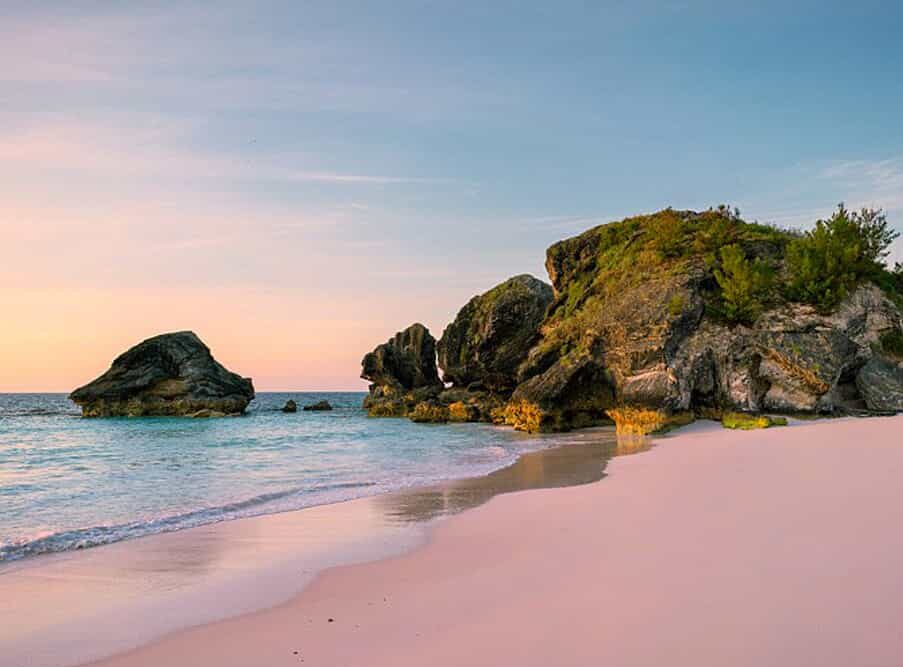
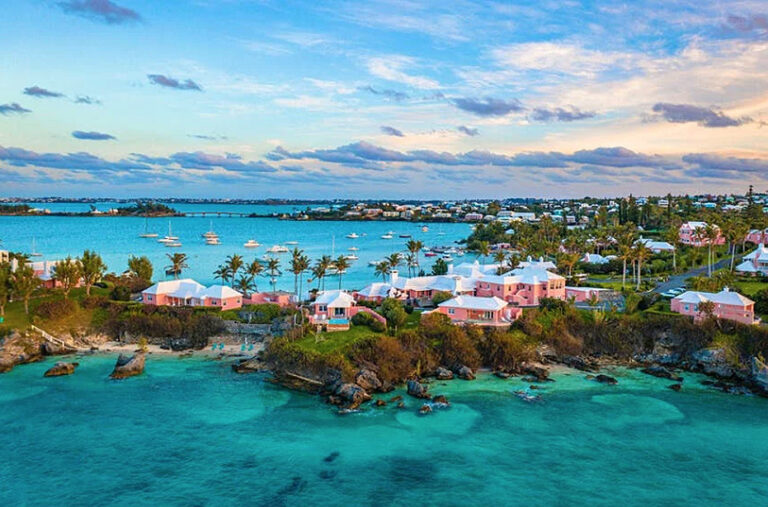
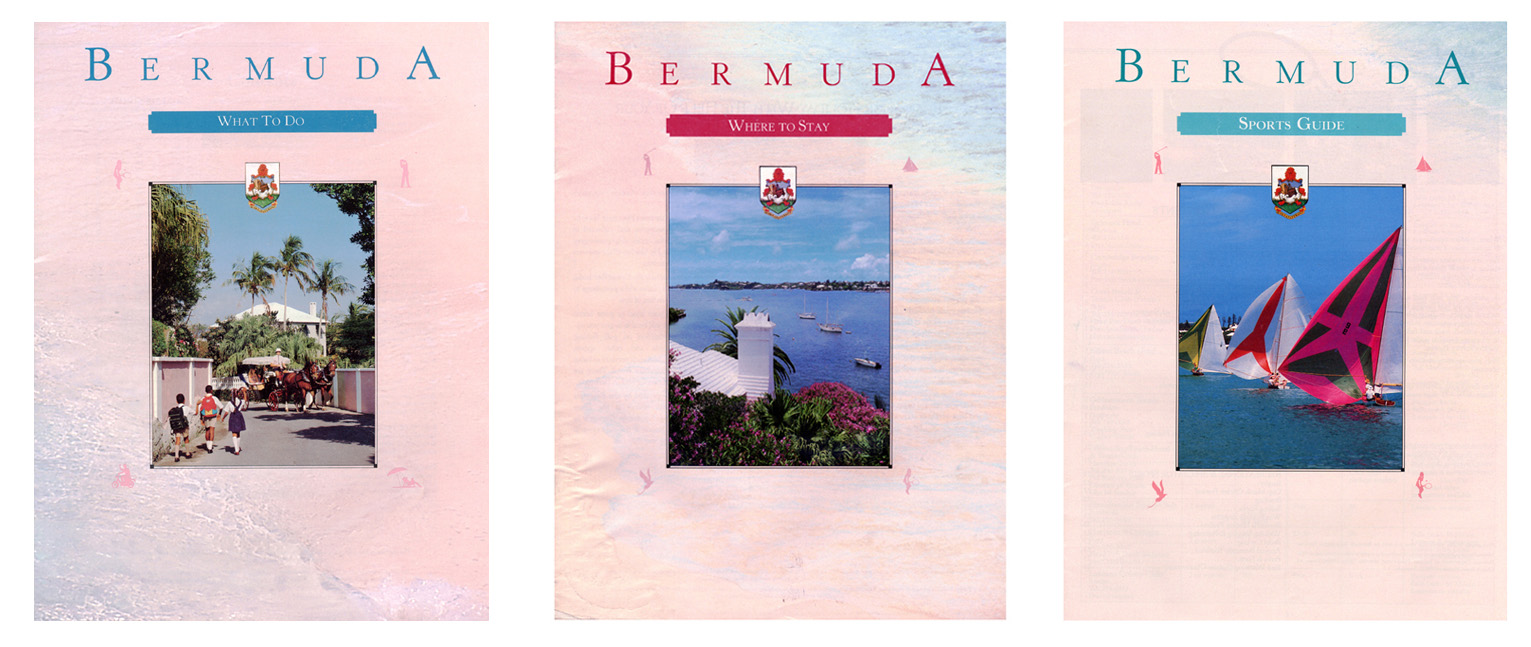
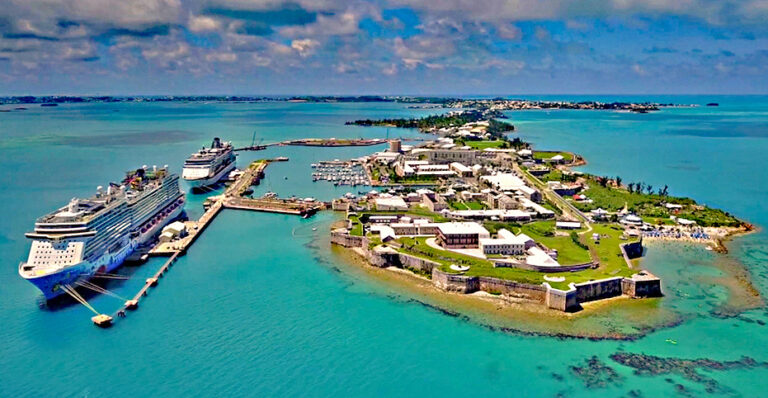
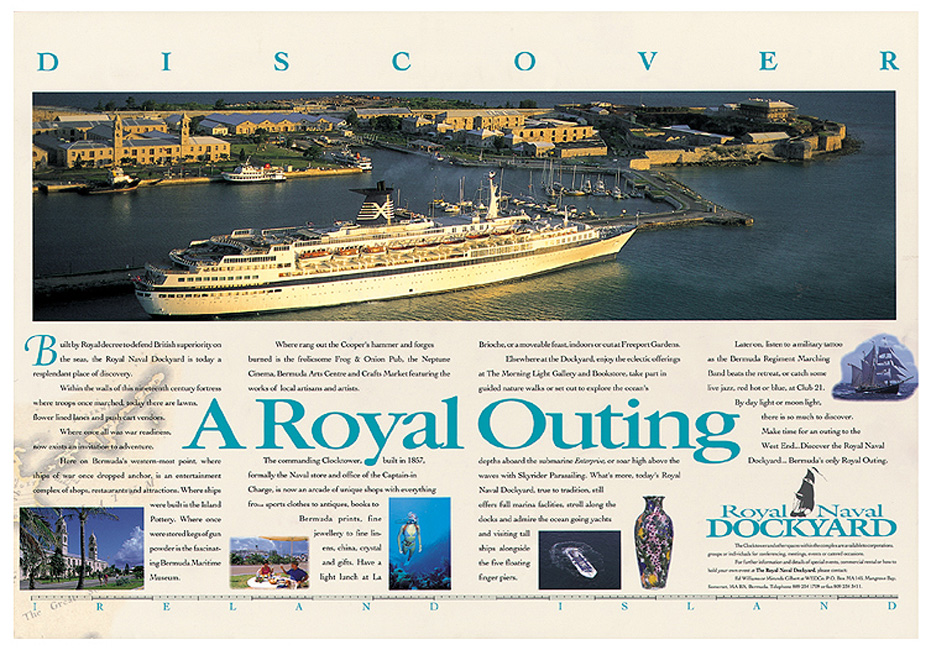
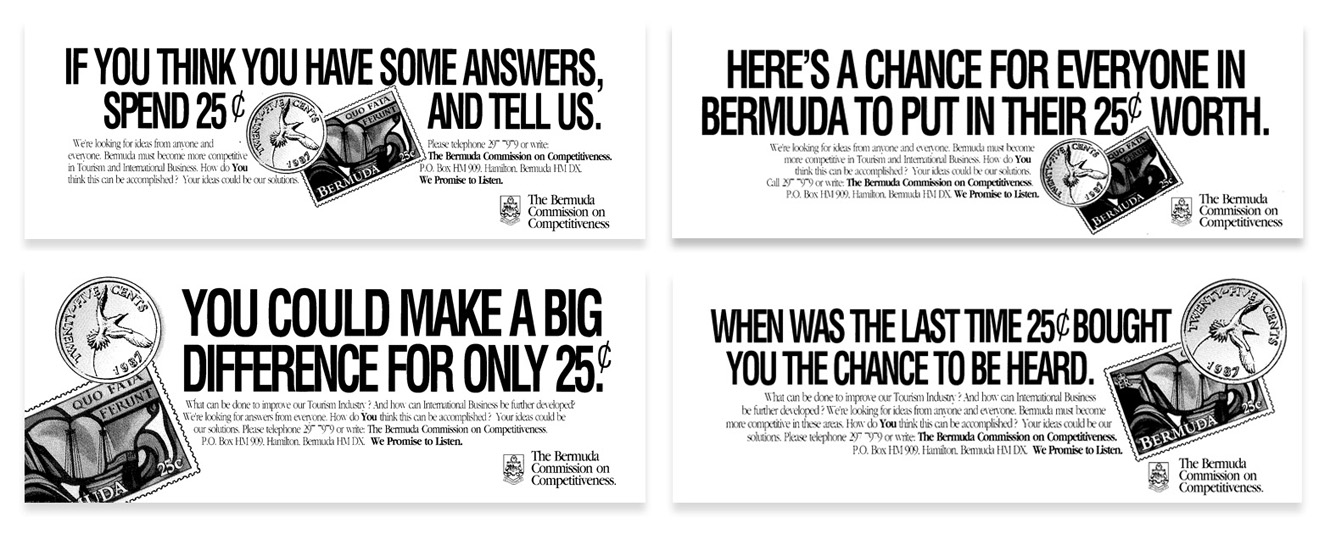
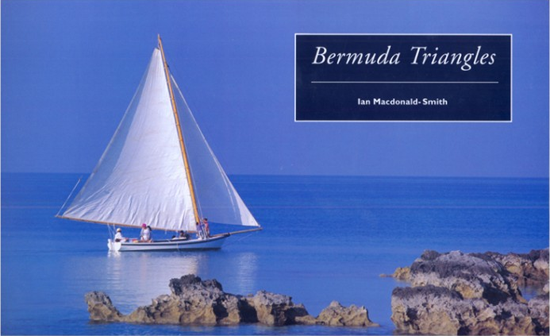

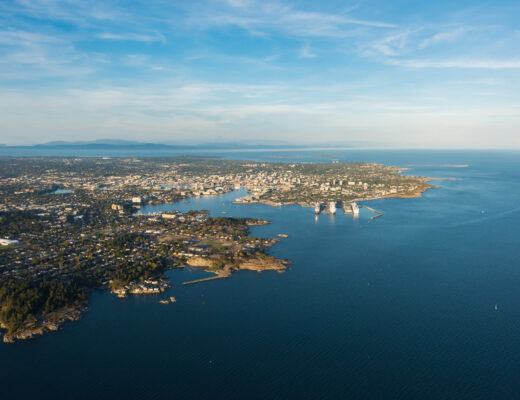
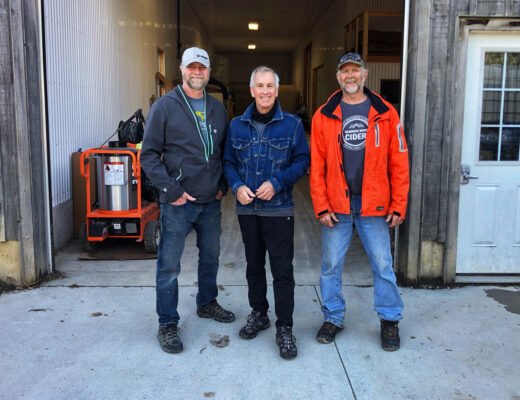

No Comments